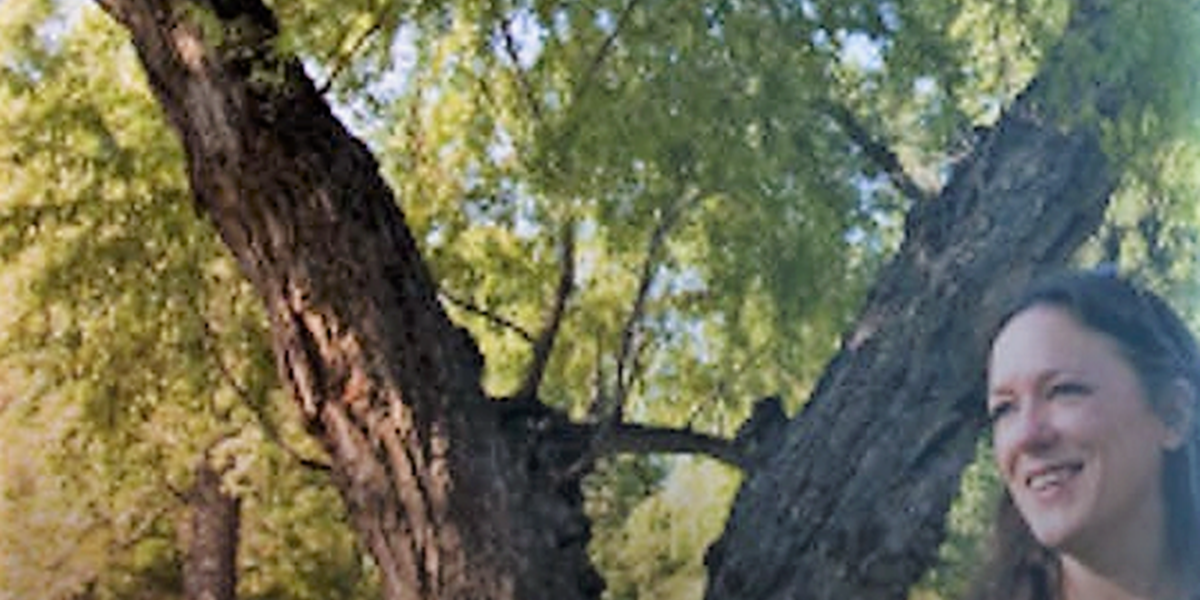

Published October 3, 2011 By ROY APPLETON / STATESMAN
The tree intrigues Suzanne Sudduth. Drawn to its massive, knobby trunk, she wonders about its age, its history, but no longer its size.
For years Sudduth has walked and run past the landmark there in a park east of White Rock Lake. Last spring, she followed her curiosity and measured it.
"I wanted to know how big it really is," she said.
Now her old friend is a champion, the state's biggest known black willow. It stands 47 feet high with a trunk girth of 265 inches.
"I thought it was as big as my dining room table," she said. "And when I measured it, wow!"
The 51-year-old bookkeeper is the proud owner of a framed certificate recognizing her contribution to the state's Big Tree Registry.
Maintained by the Texas Forest Service, the registry includes 319 species of trees native or successfully introduced to the state. It lists the largest of each species based on documented height, trunk circumference and spread of the canopy crown.
Such information is valuable to foresters and arborists interested in the life and death of trees and in understanding where and how they thrive.
The forest service also hopes the registry stimulates public appreciation of a valuable natural and cultural resource.
And "it's bragging rights," said Steve Houser, a Dallas-area arborist. "This is Texas."
The registry doesn't protect trees. "But it creates an environment that encourages preservation," said Houser, who has nominated nine trees on the current list.
As a leader of the Dallas Historic Tree Coalition, he also helped create the Texas Tree Trails program, which has cataloged hundreds of big and otherwise significant trees across North Texas.
Like the trails effort, the state registry depends on anyone with eyes and an interest in trees to keep the nominations coming.
"There are champs out there waiting to be recognized," said Pete Smith, registry coordinator.
The list is ever-changing as champion trees die or are supplanted by larger discoveries.
"We've seen lots of trees go down in the last decade," Smith said. The drought toll probably will continue after this year's record parching, he said. And a recent wildfire near Fort Davis killed the state and national champion Rio Grande cottonwood.
Ninety-two species have no current champion because none have been nominated or nominees don't meet the registry's definition of a tree. Or a champion had no backup when it died, Smith said.
For now, Dallas County is home to 12 state champions or co-champions, four of which are also recognized nationally by the group American Forests. Tarrant County has seven state champions, Collin and Ellis counties one each. Only Brewster, Red River and Hidalgo counties have more state listings than Dallas County.
The forest service doesn't release the addresses of trees on private property but in time hopes to post photographs of all champions on its website "so people can visit them digitally," Smith said. Still, six of the Dallas County champions are publicly accessible, some with markers.
There's the national co-champion Mexican buckeye at the Dallas Arboretum and the red mulberry below the dam at Kidd Springs Park in Oak Cliff. There's the Reverchon's hawthorn, planted by Houser to honor early Dallas botanist Julien Reverchon, in the Dallas park that bears his name. There's the national champ lilac chastetree at Edgewood Cemetery in Lancaster and the Shumard oak at Garland Memorial Cemetery.
And there's the latest Dallas County addition: the black willow, standing beneath towering cottonwoods, near a creek and East Lawther Drive, the snapped limbs of its three-stemmed trunk showing the destructive power of wind, ice or age.
"My original question still hasn't been answered," Sudduth said, while walking toward her champion recently. That question: the tree's age.
Houser, a longtime friend who helped her nominate the specimen, was on hand to talk about the tree. And using a technique he is developing, involving measurements of tree growth rings and trunk radius, he estimated that the willow is about 168 years old, far beyond the species' life expectancy of 50 to 60 years.
Why the tree has lived so long is anyone's guess. Perhaps credit goes in part to its rooting in relatively moist soil, Houser said. And when it's gone, at least there will be a record of its presence — thanks to the registry and Sudduth.
"If she had not taken the time, it could have been cut down tomorrow and we would have never known it existed." Houser said.
Sudduth stood and walked around the tree. She posed for photographs upon its trunk. She talked of being a tree hugger of sorts, and of a future in big-tree hunting.
"This inspires me to find more," she said. "I may have to see if I can find the next state champion" cottonwood.
"I may have to find the champion hackberry, too. I think I know where it is."
